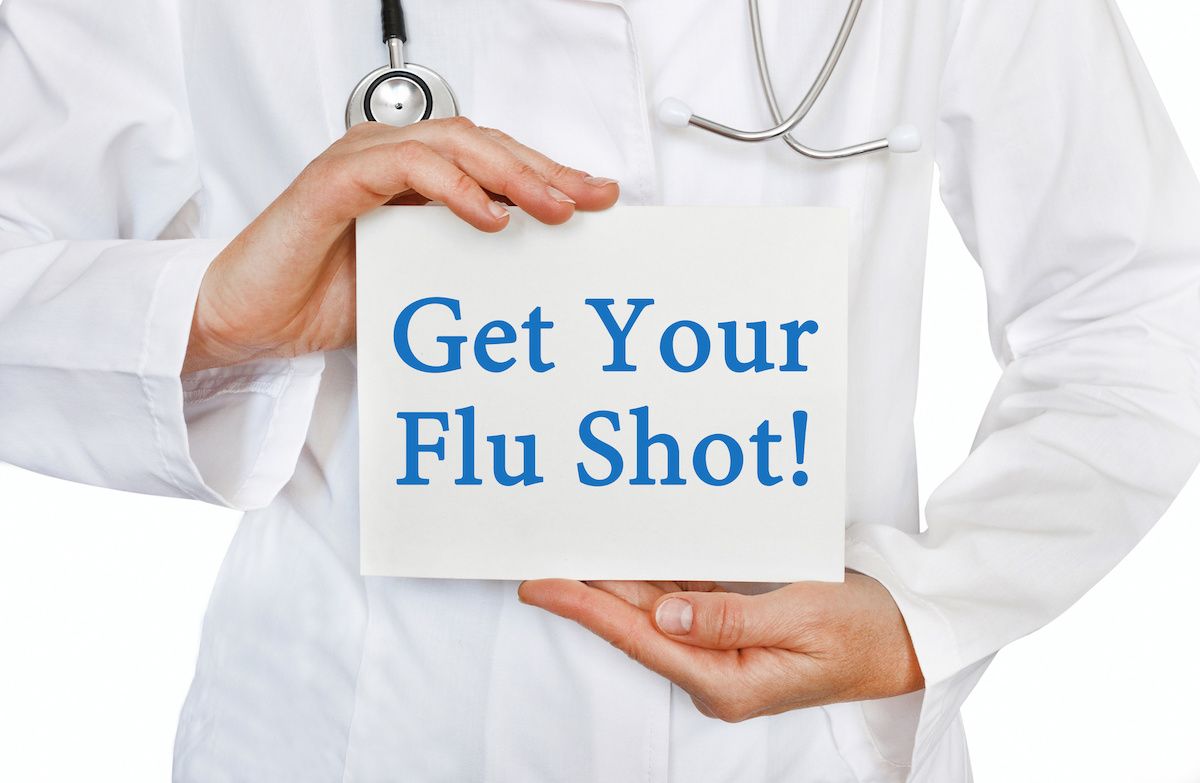News
Article
Flu activity ‘elevated’ across more than half the U.S., according to CDC
Author(s):
Tell your patients to get their annual flu vaccines for best protection against illness.

Flu season is here and that’s good reason for precautions against it as families gather this week for Thanksgiving.
The U.S. Centers for Disease Control and Prevention published its “Weekly U.S. Influenza Surveillance Report” with the statement: “Seasonal influenza activity is elevated across the country,” according to figures up to Nov. 12.
The message to patients is simple: “An annual flu vaccine is the best way to protect against flu. Vaccination helps prevent infection and can also prevent serious outcomes in people who get vaccinated but still get sick with flu. CDC recommends that everyone ages 6 months and older get a flu vaccine annually. Now is a good time to get vaccinated.”
The American Academy of Family Physicians (AAFP) led a dozen medical groups in a joint statement affirming the effectiveness of flu vaccines. Physicians should tell their patients to get vaccinated against the flu and COVID-19.
“A strong recommendation from a trusted clinician is one of the most effective strategies to increase vaccine uptake,” the joint statement said. “We encourage our members to use every interaction with patients as an opportunity to make strong vaccine recommendations, educate and answer questions about prevention and treatment options, encourage vaccination, and where feasible provide vaccination.”
The statement was endorsed by the American Association of Nurse Practitioners, American Academy of Physician Associates, American College of Emergency Physicians, American College of Physicians, American College of Obstetricians and Gynecologists, American Geriatrics Society, American Medical Association, American Osteopathic Association, Council of Medical Specialty Societies, Infectious Diseases Society of America, and AMDA – The Society for Post-Acute and Long-Term Care Medicine.
The U.S. Department of Health and Human Services also has posted an online finder to look up locations of flu and COVID-19 vaccines at vaccines.gov.
Across the nation, so far this flu season, there have been at least 4.4 million illnesses, 38,000 hospitalizations, and 2,100 deaths from flu. The most frequently reported viruses were influenza A(H3N2).
Across the nation, so far this flu season, there have been at least 4.4 million illnesses, 38,000 hospitalizations, and 2,100 deaths from flu.
There were 16 states with flu levels rated as “very high:” Alabama, Arkansas, Colorado, Washington, D.C., Georgia, Kentucky, Maryland, Mississippi, New Jersey, New Mexico, North Carolina, South Carolina, Tennessee, Texas, Virginia, and Wyoming. There is a “high” flu rate in Arizona, California, Connecticut, Florida, Illinois, Indiana, Kansas, Louisiana, Nebraska, Nevada, New York, Ohio, Washington, and Puerto Rico.
The flu warning comes as the nation deals with the spread of respiratory syncytial virus (RSV) and the continuation of COVID-19 infections.
As of the first week of November, it appeared RSV cases were decreasing from a spike in the first week of October, but the rate still is higher than it has been for most of the last year, according to other CDC figures.
According to CDC, the advice to prevent the spread of RSV is:
- Wash your hands often.
- Avoid touching your face with unwashed hands.
- Avoid close contact with sick people.
- Cover your coughs and sneezes.
- Clean and disinfect surfaces.
- Stay home when you are sick.
For COVID-19, it appeared new cases, new deaths, were decreasing slightly in the time from September to now, and new hospitalizations were holding steady, according to CDC figures. Among those aged 5 years and older, 11.3% of people, or more than 35.27 million people, had received their updated booster doses.





